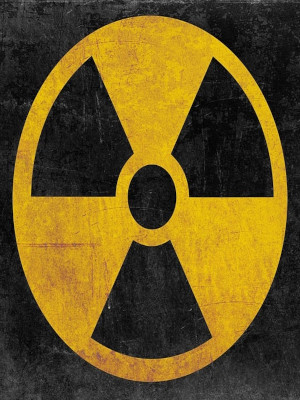A life without radioactivity is, in these times, indispensable. Radioactivity can be found in different areas of our lives, for example, in the medical field (the X-raying technology allows it to make a diagnosis) or for energy production (nuclear power plants). A groundbreaking event in the world of science were the discoveries that were made by Marie and Pierre Curie. Everybody knows about radiation these days and what its risks and benefits are, but someone had to discover all of this knowledge. The Curies were the couple that had a major breakthrough on the field and were pioneers of their time.

In November 1867, Marie Curie was born Maria Sklodowska in today’s Poland. She was the daughter of a teacher, and even though her family was not rich, she and her siblings got a lot of education from them in literature and science.
She could not study at the University of Warsaw because, at that time, women were not allowed to study in Warsaw. So she went to Paris in order to make her dream of studying at a university come true. Even though she had no finished education in math or physics, she worked hard to gain more knowledge, which ultimately led to her Master’s degree in both subjects.
Marie searched for a shared lab spot in 1894, and that is when she met a man called Pierre Curie, with whom she would marry one day and make world-changing discoveries.
Pierre Curie, who was born in Paris in 1869, was the son of a general medical practitioner. His father taught him and his brother a lot, and they got educated at home. He was very skilled in mathematics and science. At only 18 years old, he received a master’s degree. The piezoelectric effect was a discovery made by him and his brother, Jacques. He is also the eponym of the so-called “Curie point”, a point that describes the point at which magnetic attraction permanently vanishes.
The discoveries of Wilhelm Roentgen (x-rays) and Henri Becquerel (uranium rays) caused Marie Currie to dig deeper into Becquerel’s reports of the uranium rays, and so she made it to the title of her doctorate.
She could confirm his observations that the electrical effects on the element uranium are persistent and independent of its form (wet, pulverized, dry, heated, or in light).
However, she took the next step by creating the term “radioactivity”. This was because she developed the theory that uranium compounds’ ability to emit radiation was an atomic feature of the element itself, a feature included in the atoms’ basic structure. This effect could also be found in thorium compounds.
After a lot of research, they discovered the element “polonium”, which had the chemical behavior of bismuth but was strongly radioactive. It was called after Marie’s country of origin, Poland.
In 1898, they found another element in a barium fraction, what they called “radium”. In order to refute the doubts of skeptics in the society of science, the couple had to isolate the just-found elements.
To conclude, the contributions that Marie and Pierre Curie made to science are groundbreaking in the world of medicine, physics, and chemistry and still influence all of our lives.
Sources:
https://www.aps.org/publications/apsnews/200412/history.cfm#:~:text=Pierre%20and%20Marie%20Curie%20made,Curie%20was%20born%20Maria%20Sklodowska.
https://um.baden-wuerttemberg.de/de/umwelt-natur/kernenergie/strahlenschutz/ueberwachung-in-industrie-und-medizin/medizin#:~:text=Die%20Medizin%20verwendet%20radioaktive%20Stoffe,R%C3%B6ntgen%20(R%C3%B6ntgenaufnahme%2C%20Computertomografie).
.
https://www.nobelprize.org/prizes/physics/1903/marie-curie/facts/
https://www.verivox.de/strom/themen/radioaktivitaet/#:~:text=Atomkraftwerke%20nutzen%20Radioaktivit%C3%A4t%20zur%20Energiegewinnung,und%20in%20der%20Arch%C3%A4ologie%20eingesetzt
